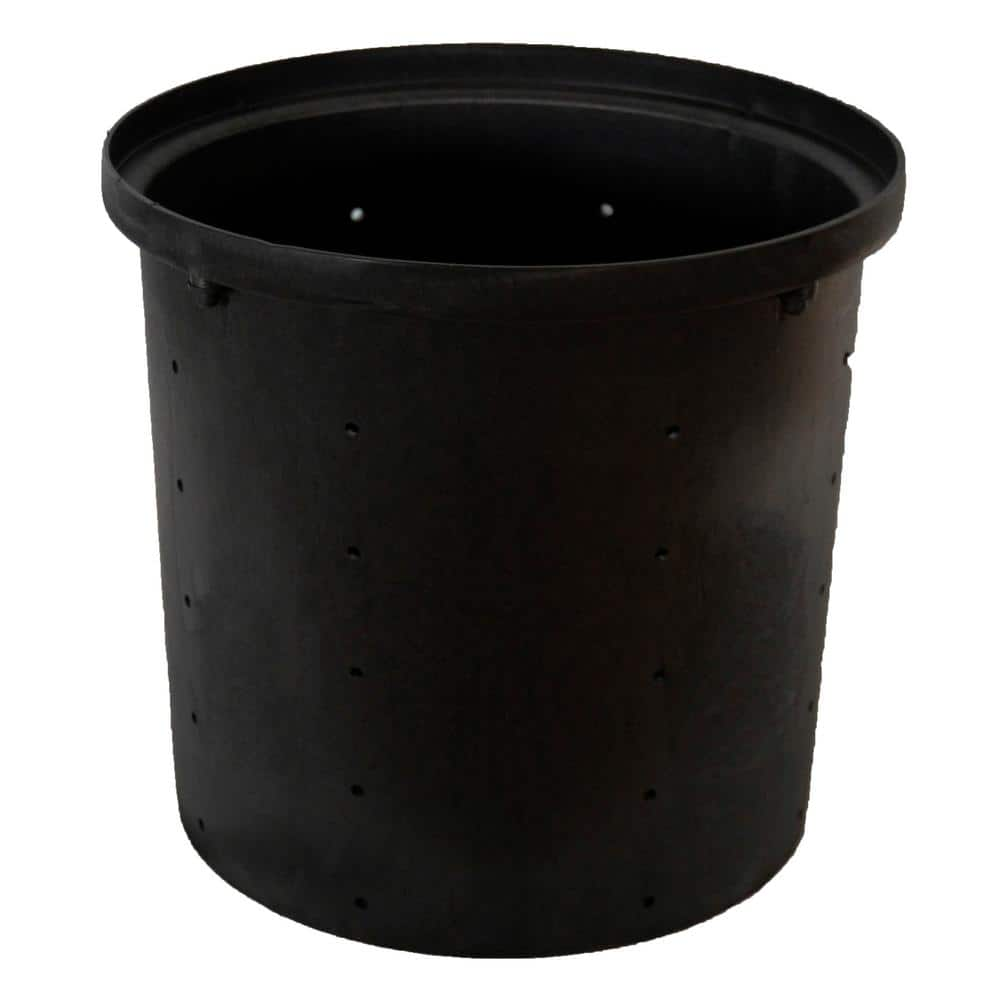In the basement of this new to us house there is a small water leak next to where I garage the Kubota. It is at the floor / wall intersection. It's not much of a leak but when we get very heavy rains it seeps in and forms a small puddle, usually not any bigger than 2'x4'. The PO was upfront and told me about it and said it wasn't anything that bothered him. It bothers me now that I see it.
Digging up outside is pretty much out of the question for several reasons. I have heard there are patch materials that will work here but I have no experience with anything like that. Any suggestions?
Digging up outside is pretty much out of the question for several reasons. I have heard there are patch materials that will work here but I have no experience with anything like that. Any suggestions?


